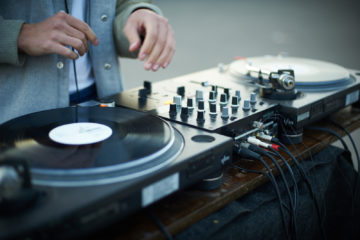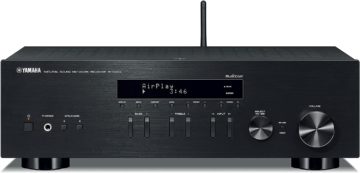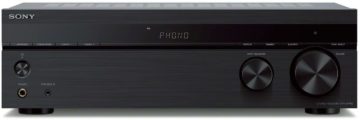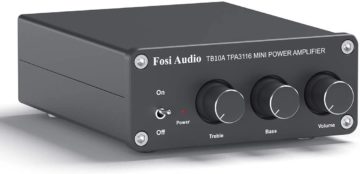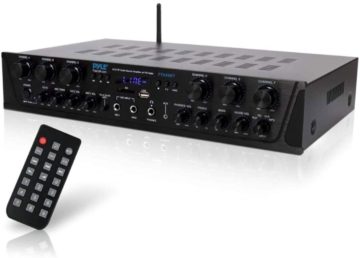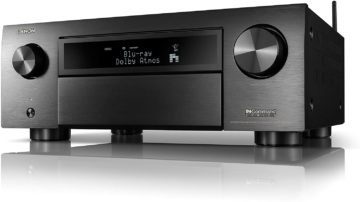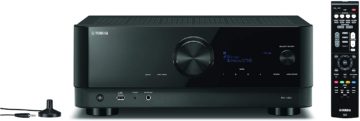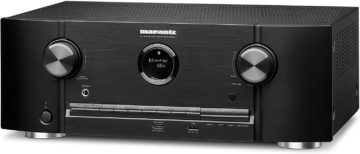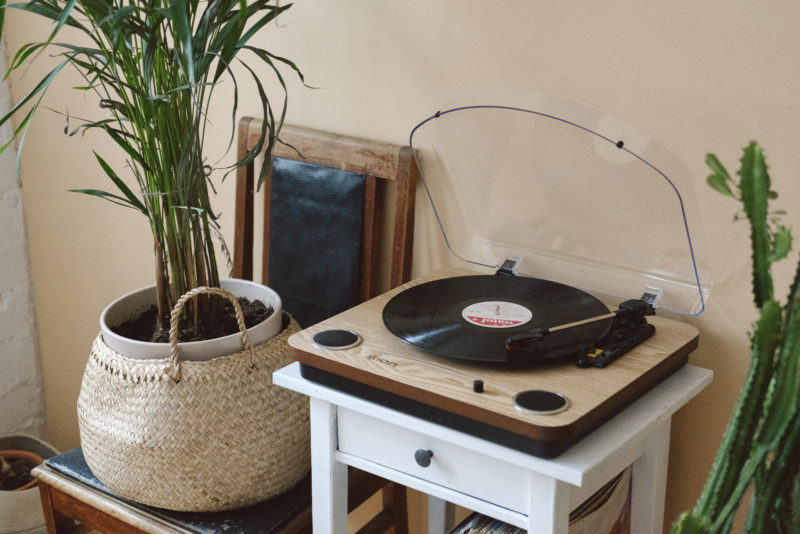The YAMAHA R-N303BL Stereo Receiver has some of the best overall value on the market. For some, it can also be considered as the best receiver for turntables period. With Alexa voice control compatibility, 100W power output, phono inputs, optical and coaxial inputs, Wifi, and Bluetooth, the YAMAHA R-N303BL has it all.
Best Electronic Drum Headphones
Unveiling the top electronic drum headphones - from budget finds to premium sound quality. Elevate your drumming experience now!
